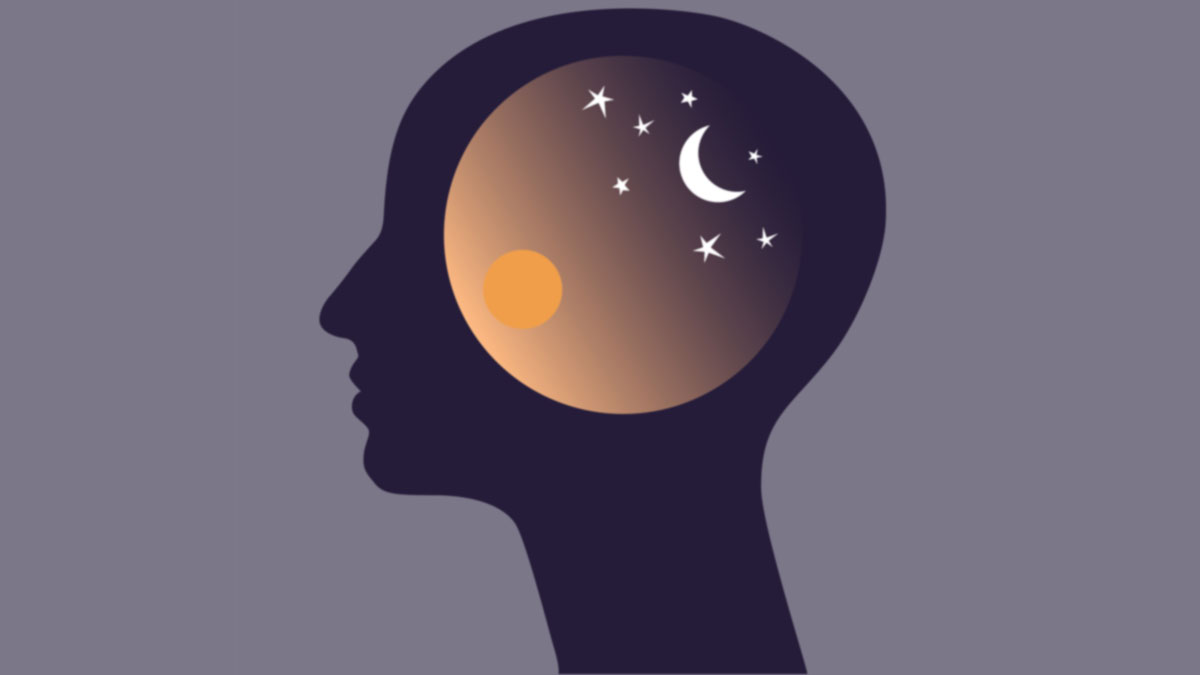Anxiety and sleep disorders are widespread conditions that significantly impact mental and physical health. Anxiety can manifest as excessive worry or fear, while sleep disorders involve disruptions in sleep patterns that impair overall well-being. Both issues are alarmingly common and mutually influential, creating a cycle that can be challenging to break. Explore the connection between anxiety and sleep disorders, the shared conditions they often accompany, and strategies to manage them effectively.
The Bidirectional Relationship
Anxiety and sleep disorders exhibit a bidirectional relationship, where each condition can exacerbate the other. Anxiety often causes sleep disturbances, leaving individuals unable to fall or stay asleep. Chronic sleep deprivation may heighten symptoms, reinforcing the cycle. This demonstrates the benefits of treating both conditions simultaneously for optimal results.
Sleep Disorders Associated with Anxiety
Several sleep disorders are closely linked to anxiety, contributing to an ongoing pattern of discomfort and distress.
- Insomnia is one of the most common co-occurring disorders, characterized by difficulty falling or staying asleep. This condition is often exacerbated by racing thoughts and heightened alertness at night.
- Sleep Apnea, involving irregular breathing patterns during sleep, frequently disrupts rest, leaving sufferers fatigued and more prone to heightened stress during the day.
- Restless Legs Syndrome (RLS), characterized by uncontrollable leg movements and discomfort, also affects sleep quality and overall well-being.
Recognizing these connections is key to identifying and addressing underlying factors in anxiety-related sleep challenges.
The Impact of Anxiety on Sleep Quality
Anxiety significantly disrupts the quality of sleep. Common effects include difficulty falling asleep due to persistent worry and overthinking, frequent awakenings caused by the body’s heightened state of alertness, and non-restorative sleep that leaves individuals feeling fatigued despite sufficient sleep duration. Over time, these disruptions can impair daily functioning and reduce overall quality of life.
The Role of the Sympathetic Nervous System
The sympathetic nervous system plays a role in anxiety-related sleep disturbances. When activated by that anxious feeling, this system triggers the body’s fight-or-flight response, elevating heart rate, increasing stress hormones, and heightening alertness. These physiological effects make it challenging to relax and achieve a state conducive to sleep. Chronic activation of this system can contribute to long-term sleep and anxiety issues if left unaddressed.
Strategies for Managing and Improving Sleep
Effective management strategies are beneficial for breaking the cycle between the two.
- Relaxation Techniques such as mindfulness meditation, progressive muscle relaxation, and controlled breathing exercises can help calm the nervous system and promote restful sleep.
- Cognitive Behavioral Therapy (CBT) for anxiety and insomnia is a structured, evidence-based approach that targets negative thought patterns and behaviors contributing to both conditions.
- Lifestyle Adjustments like maintaining a consistent sleep routine, reducing caffeine intake, and creating a sleep-conducive environment can also improve outcomes.
Break the Cycle
Anxiety and sleep disorders are deeply interconnected, often creating a cycle that can be hard to break. Tackling this relationship requires a multifaceted approach, addressing the interplay of both conditions, related disorders, and contributing factors. Effective strategies such as relaxation techniques, cognitive behavioral therapy (CBT), and lifestyle adjustments can help improve both anxiety and sleep quality. Taking the first step towards managing these challenges can lead to significant progress and better overall health.

